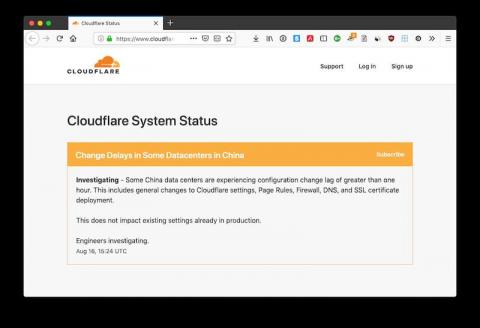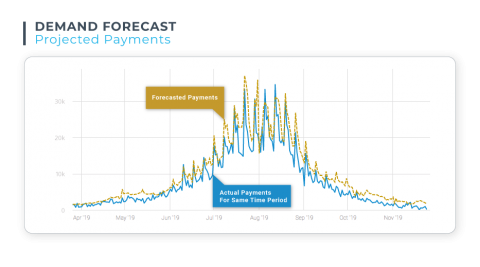Introducing Apache Spark on Docker on top of Apache YARN with CDP DataCenter release
Bringing your own libraries to run a Spark job on a shared YARN cluster can be a huge pain. In the past, you had to install the dependencies independently on each host or use different Python package management softwares. Nowadays Docker provides a much simpler way of packaging and managing dependencies so users can easily share a cluster without running into each other, or waiting for central IT to install packages on every node.










